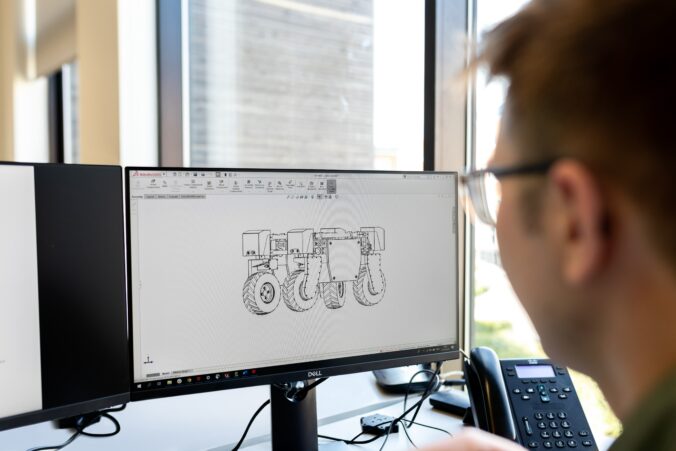Initiatives/Ideas
Student — Teacher – Me – Departments — back down the chain – back up the chain — resource, train, deploy
- Too linear?
Sept 19 – Session — Project Idea
Idea: Website — resource tracking/teachers who use it….. how to get it
Data – usage data?
From other course – Action Research – question – tracking – observe – report – see action cycle from Chapter 3
SOURCES OF RESEARCH IDEAS
Where do ideas for research studies originate? Where should you look for a
researchable idea? We discuss four major sources of ideas: everyday life, practical
issues, past research, and theory. Regardless of where you look for your research
ideas, you must develop a questioning and inquisitive approach to life when you
are trying to come up with them.
Everyday Life
One fruitful source of ideas for beginning researchers is their own experience
as educators. In the course of conducting your job as an educator, you continuously have to make decisions about such things as the best method of teaching students or how to maintain discipline in the classroom. You might observe that some students aggressively pursue their studies, whereas others procrastinate and do anything but schoolwork. Experiences such as these can be turned into research problems. For example, you could ask why some strategies of instruction work better with some students than with others. Or you might ask why some students use one method of study and others use another and whether there is any relationship between the method of study and the grades achieved.
Practical Issues
Many research ideas can arise from practical issues that require a solution.
Educators are constantly faced with such problems as the instruction of our youth,
disruptive behavior in the classroom, selection of textbooks, cheating, prejudice,
and providing instruction for culturally diverse student populations, as well as
issues such as salaries and burnout. A few controversial issues right now surround
the usefulness of common core standards, the effects of school choice, the effects of poverty on children’s achievement, how much math children should be required to know to graduate, what kind of technology should be incorporated into classrooms, and how to teach students with different backgrounds. You can think of many additional practical issues, especially the ones that you face!
ERIC – Education Resources Information Center
Statement of Purpose in a Qualitative Study
The statement of purpose in a qualitative study should indicate that the intent of
the study is to explore or understand some phenomenon experienced by certain
individuals at a specific research site. This means that a qualitative study’s
statement of purpose should do the following:
- Convey a sense of an emerging design by stating that the purpose of the
study is to describe, understand, develop, or discover something. - State and define the central idea that you want to describe, understand, or
discover. - State the method by which you plan to collect and analyze the data by
specifying whether you are conducting an ethnographic study, grounded
theory study, case study, or phenomenological study. - State the unit of analysis and/or the research site (e.g., fourth-grade students
participating in a specific program).
For Presentation:
Jamboard – or other Interactive tool or Zoom widget

Recent Comments